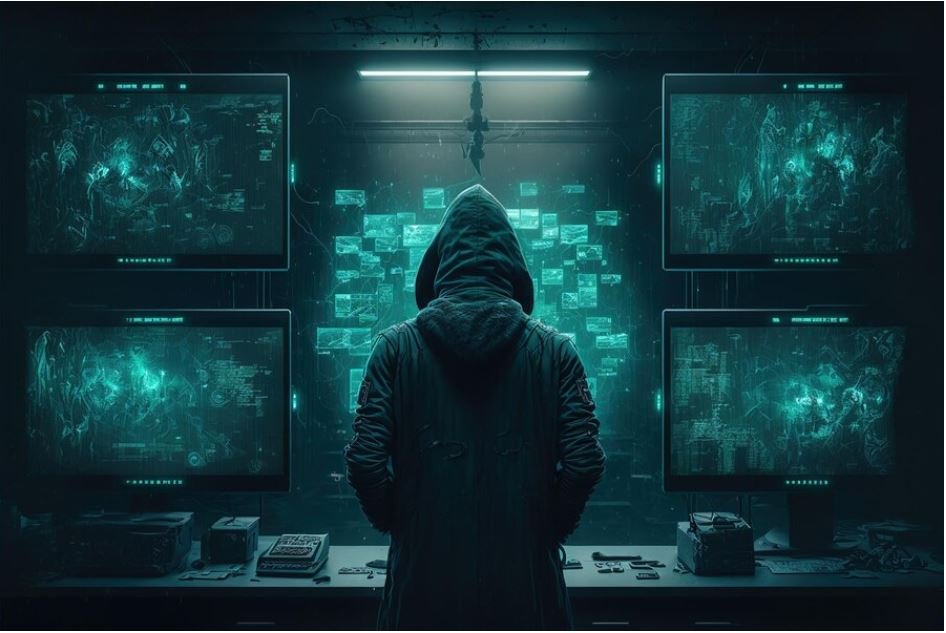Have you ever found yourself intrigued by the concept of AI-generated photos, especially in the realm of cybersecurity? It’s a topic that’s as compelling as it is controversial—much like the age-old debate over whether fire is a tool or a weapon. You see, AI-generated photos offer a range of possibilities that are both empowering and potentially dangerous. Let’s unravel this complex issue together, shall we?
What are AI-Generated Photos?
AI-generated photos are fascinating works of algorithmic art. They depict humans who have never walked the Earth, as if plucked straight from a parallel universe. Think of it as an extremely advanced digital painting, crafted pixel by pixel by a computer program. Algorithms analyze vast datasets of actual human faces and then produce something that’s convincingly real yet completely fictional. Intrigued yet?
The Bright Side
User Privacy
The initial allure of AI-generated photos lies in their ability to shield real identities. Imagine you’re a secret agent on a mission in a spy movie. You get to wear a disguise, right? AI-generated photos essentially function as your digital disguise, permitting you to engage online without having your actual face linked to your activities. This feature is particularly useful for activists, whistleblowers, or anyone else looking to preserve their anonymity while using the internet.
Online Safety
Remember the good old days when our parents told us not to talk to strangers? Well, in the vast and sometimes murky landscape of the online world, distinguishing friends from foes can become incredibly tricky. Using an AI-generated photo as your profile image is like installing a top-notch security system for your digital home. It shields you from the prying eyes of stalkers, harassers, or anyone else looking to exploit your online presence.
The Dark Side
Phishing Scams
But let’s not forget, the anonymity provided by AI-generated photos can be a double-edged sword. Just as they can serve to protect a user, they can also serve to deceive. It’s akin to a talented actor taking on a role for a heist—only this time, it’s your data that’s at risk. Cybercriminals can easily use these AI-generated faces to concoct more convincing phishing schemes, leading you to believe you’re interacting with a real person.
Deepfakes
Remember deepfakes? These are videos that have been manipulated to make it look like someone is saying or doing something they never actually did. Deepfakes can range from harmless fun to extremely malicious. It’s like putting words in someone’s mouth but on a whole new, high-tech level. AI-generated photos can serve as the starting point for these nefarious creations, adding an extra layer of believability that makes them all the more dangerous.
Ethical Considerations
Regulations
Ethics play a significant role when discussing AI-generated photos. What about consent? And what happens when these generated images closely resemble actual people? It’s like opening Pandora’s box. We need laws and regulations, similar to seat belts in cars or age restrictions on alcohol, to guide the ethical use of this technology. While no universal laws are in place yet, the growing concern is pushing for some form of regulatory framework.
Real-world Examples
Successful Implementations
Let’s talk positives for a moment. AI-generated photos have been a boon in several contexts. For example, they’ve been invaluable for anonymous bloggers who wish to critique governments without fear of reprisal. It’s like a knight wearing armor, going into battle knowing they have some form of protection.
Catastrophic Failures
But not all stories have happy endings. There have been instances where AI-generated photos were used to create fake profiles for scamming people, much like a wolf hiding in sheep’s clothing, waiting for the right moment to strike. These incidents serve as cautionary tales, reminding us that the technology is far from perfect.
Conclusion
In summary, AI-generated photos hold immense potential for both good and bad in the field of cybersecurity. They can function as a safeguard for online anonymity but also pave the way for new types of cybercrime. It’s a fascinating yet dangerous tool—one that we must handle with care. So, how will you navigate this new frontier? Is the risk worth the potential rewards?
